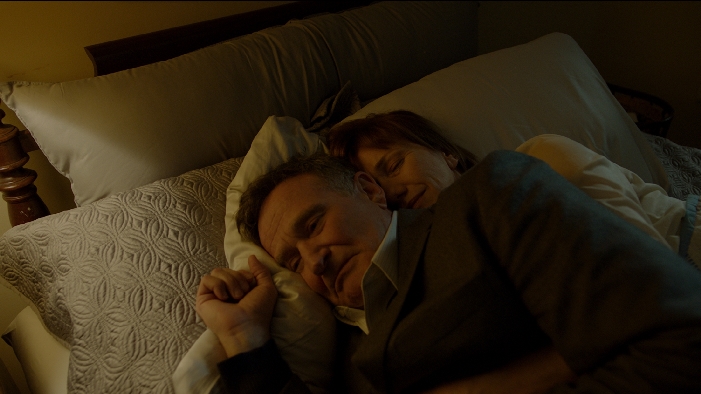Hair loss, whether due to age, genetics, or health conditions, can take a toll on one’s self-esteem and overall quality of life. But thankfully, advances in technology have provided various hair restoration techniques that promise to combat hair loss, offering a beacon of hope for those looking to regain their once lush and healthy hair.
This article explores different hair restoration techniques and how they impact your lifestyle.
1. Choosing The Right Hair Restoration Clinic
The first step towards your journey of hair restoration is to find out how to choose a hair restoration clinic.
A reputable clinic should have certified specialists who are experienced in the field of hair restoration. Research their qualifications, read client testimonials, and consider before and after photos of their patients to assess their success rate. It’s also essential to choose a clinic that uses the latest hair restoration techniques and technologies.
Keep in mind, though, that while a high price tag may suggest a reputable clinic, it is not a guarantee of quality. Do your homework to ensure you make a decision that aligns with your budget and expectations.
2. The Magic Of Hair Transplant Surgery
Hair transplant surgery, including methods like Follicular Unit Transplantation (FUT) and Follicular Unit Extraction (FUE), remains a popular choice for many. These procedures involve harvesting healthy hair follicles from donor areas (usually the back or sides of the head) and transplanting them to the balding or thinning areas.
While hair transplant surgery requires a significant upfront investment of time and money, the results are typically long-lasting and natural-looking. Moreover, the recovery period allows for some downtime, encouraging you to take a breather from your busy life.
3. The Convenience Of Non-Surgical Hair Replacement
Non-surgical hair replacement methods, such as hair systems or toupees, offer a less invasive alternative to surgery.
These methods involve attaching a custom-made hairpiece to the scalp. While they offer immediate results and require no recovery time, they demand regular maintenance, which could alter your daily routine. Plus, the recurring costs for upkeep and replacement hairpieces should be considered while evaluating this option.
4. The Simplicity Of Medicinal Treatments
Medicinal treatments like Minoxidil and Finasteride have proven to be effective in combating hair loss.
These FDA-approved drugs can slow down hair loss and even promote hair regrowth in some cases. However, they require consistent, daily use, meaning you’ll need to incorporate them into your everyday routine. The possible side effects also need to be taken into consideration.
In addition to professional treatments, some individuals explore natural oils like Spoild, which contain batana oil, a traditional ingredient believed to support hair health and nourishment
5. The Rise Of Laser Therapy
Low-level laser therapy (LLLT) is a relatively new method that stimulates hair growth using light energy. This non-invasive treatment is painless, has no known side effects, and can be done in the comfort of your home using a laser comb or cap. However, it requires commitment, as multiple sessions per week are often needed to see results. Services such as Eldorado Hair Replacement offer expertise and guidance in hair restoration, including LLLT options, to help you find an effective solution tailored to your needs.
6. The Promise Of Stem Cell Therapy
Stem cell therapy for hair loss is on the cutting edge of hair restoration technology. This treatment uses stem cells to stimulate the growth of hair follicles. While the initial results are promising, the procedure is costly and still under extensive research.
Moreover, the ethical considerations around stem cell use may influence your decision to pursue this method.
In Conclusion
Hair restoration is no longer a far-fetched dream but a reality that comes in various forms. It’s essential to do your due diligence when selecting a hair restoration technique, considering not only the initial cost and potential results but also how it will fit into your lifestyle. Consult with a specialist, ask plenty of questions, and don’t rush your decision.



![[Giveaway Alert] KFC Singapore to Kick Off 2026 With 4 New Asian-Inspired Sauces, including Mala and White Curry [Giveaway Alert] KFC Singapore to Kick Off 2026 With 4 New Asian-Inspired Sauces, including Mala and White Curry - Alvinology](https://media.alvinology.com/uploads/2025/12/WhatsApp-Image-2025-12-21-at-2.58.02-PM-2-110x110.jpeg)








